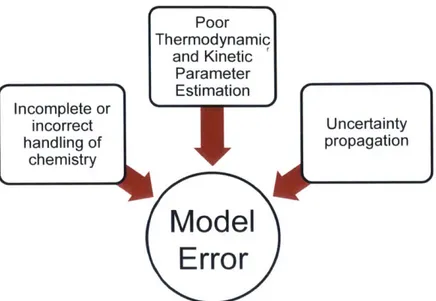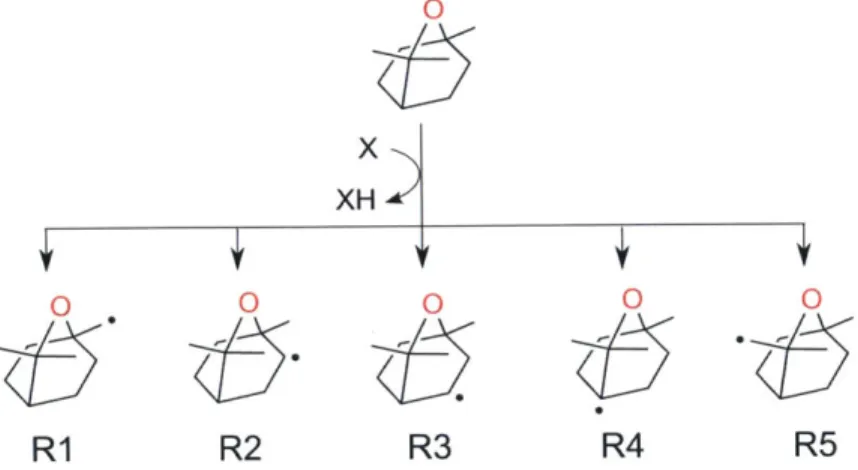Automatic reaction mechanism generation :
Texte intégral
Figure




Documents relatifs
Abstract : The aims of this work is the modeling of the hysteresis loop in ferromagnetic materials, and allowed to highlight of the difficulty that exists in the choice of an
The GA is a powerful and flexible tool for the identification of non-linear systems and can be used in the identification of systems with hysteresis in particular for
Abstract— The aims of this work is the modeling of the hysteresis loop in ferromagnetic materials, and allowed to highlight of the difficulty that exists in the choice of an model,
The fitness function for a particle is defined as the squared error between the measured values and the calculated ones (ob- tained by considering the associated position) of a
The inverse geometric model is used in real time in the 3D-SSL software (SimSpark application for the RoboCup 3D-SSL [7] [8], namely rcssserver3d) to calculate the joint command
We determine the individual optimal learning rate and regularisation parameters using: (i) off-line holdout training and validation to find and evaluate the hyper-parameters; and
Unit´e de recherche INRIA Rennes, Irisa, Campus universitaire de Beaulieu, 35042 RENNES Cedex Unit´e de recherche INRIA Rh ˆone-Alpes, 46 avenue F´elix Viallet, 38031 GRENOBLE Cedex
On the basis of the LAN, an efficient test of linearity based on Neyman-Pearson-type statistics was obtained in a class of nonlinear time series models contiguous to a





